
Gorenice
Elaboration author
Artur Karpacz
Monuments
Parishes
People
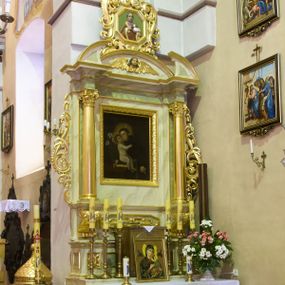
Southern side altar
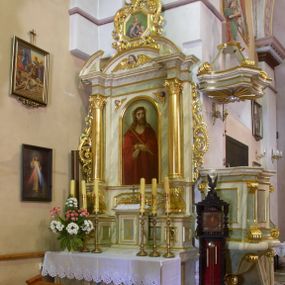
Northern side altar
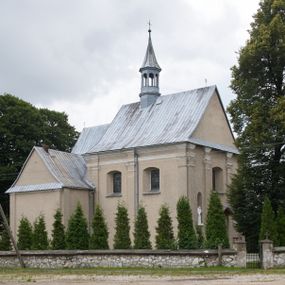
St. Nicholas' Church
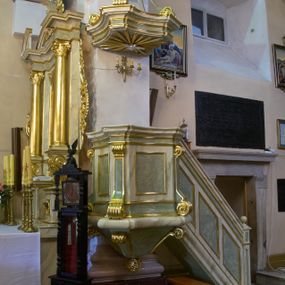
Pulpit
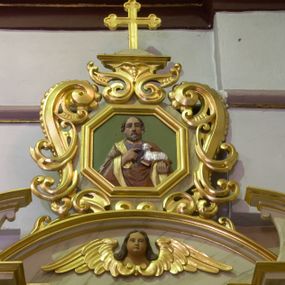
St. John the Baptist
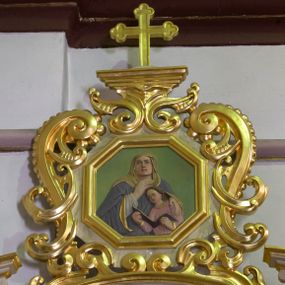
Teaching Mary
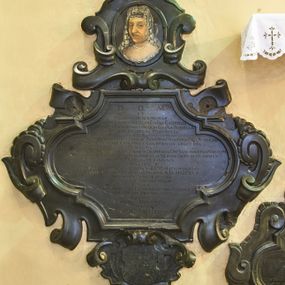
Epitaph plaque of Krystyna (née Dembińska) Tarnowska
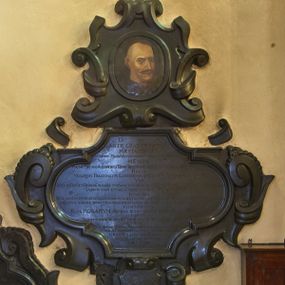
Epitaph plaque of Maciej Aleksander Tarnowski
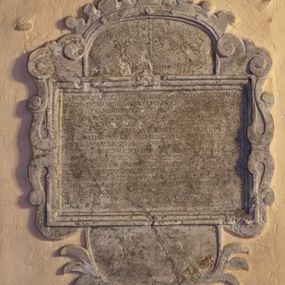
Plaque with a history of church
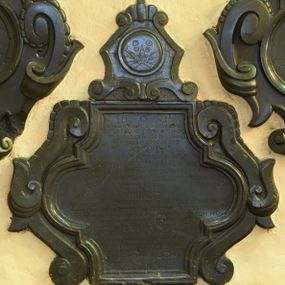
Epitaph plaque of Michał Stanisław and Róża (née Ścibor Tarnowscy)
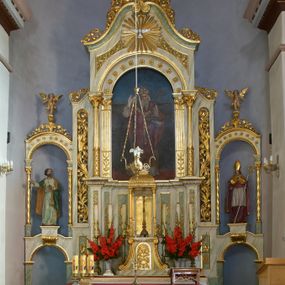
High altar

St. Peter
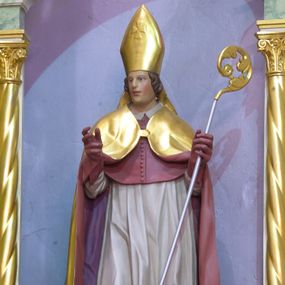
St. Stanislaus
History abstract
The beginnings of Gorenice date back to the Middle Ages. From the end of the 14th century, for almost a century the village belonged to the Gorenicki family of the Topór coat of arms, who intensively developed the mining of iron ore and lead. In the modern era, the estate changed owners several times (from the Kaufman and Gutteter bourgeois families to Jordan, Szembek, Dembiński, Tarnowski and Otfinowski noble families). Crafts were developed in the village, largely related to agriculture and mining. At the end of the 16th century, the number of workshops was not impressive – only 5 craftsmen were listed in the conscript registers. Just before the partitions of Poland, the number of inhabitants oscillated around 400 people and local economy was driven by a manor, an inn, a brewery and a blacksmith's shop. The 19th century was not a very favourable period for Gorenice, as it has fallen under Russian rule and the border with the Austrian Empire was drawn nearby. The village was then turned into a post with a military garrison stationed there permanently. During the January Uprising, several battles with Russian troops were fought near Gorenice, in which, among others, Colonel Francesco Nullo was killed . At the end of the century, the Silesian Hohenlohe family opened a brickyard and a mine in the village. Several shafts of this mine have been preserved to this day. A great misfortune for the village was the fire in 1918, when almost all the wooden buildings in the village burnt down. Throughout World War II, a German military police station has been functioning in Gorenice. After the nationalization of land ownership in 1946, a tuberculosis ward of the district hospital was opened in the former manor buildings. In 1960, the ward was moved to Rabsztyn.
Historic maps
How to cite?
Artur Karpacz, "Gorenice", [in:] "The Sacred Lesser Poland Heritage", 2026, source: https://sdm.upjp2.edu.pl/en/places/gorenice-1
